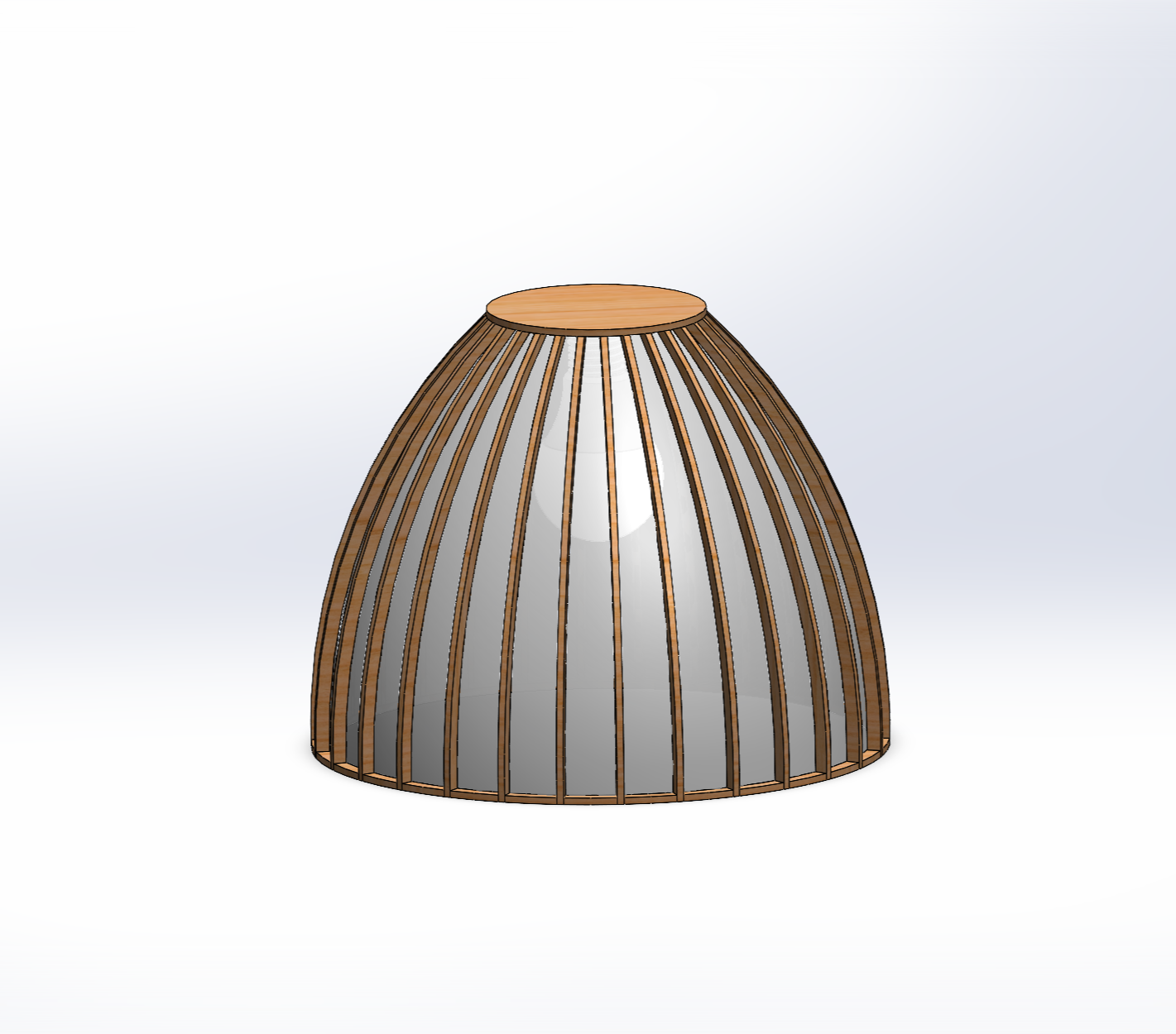As a reminder, here is what my project is about:
I am planning on making a lamp either for my desk or bedside table. I want it to be something that I can turn on late at night to provide me with light without keeping me awake. This would be done through the use of a smart lightbullb that is able to project a softer, warmer tone of light than most lightbulbs currently do. I also want the light to be indirect, as I have found that diffused and indirect light help me fall asleep better.
The aesthetic I have chosen for my project is Scandinavian. Scandinavian design is almost an extension of minimalism. It includes natural tones more intentionally, and additionally focuses on creating a comforting environment. This is drawn from the Danish concept of “hygge”. Hygge, while not directly translatable to English, encompasses the concept of coziness and comfort. Scandinavian designers accomplish this through the use of warm tones, natural materials like wood, and clean lines.
Specifications
The main specifications I have for this project are functionality, ease of use, aesthetic, durability, and effectiveness. My main priority for this project is the functionality of the lamp. If it doesn’t turn on and work as intended, then it is just a hunk of glued-together wood. So, I want to prioritize the lamp working as a lamp over everything else.
Next is ease of use. I want this lamp to be easy and intuitive for me to use. Since I am using a smart lightbulb, I am hoping to play around with the software and see what I can set to automatically run.
Third is the aesthetic. I want this lamp to be warm and comforting. I want to make sure that all my cuts are smooth and flowing and that the wood I use is of high quality.
Fourth is the durability of the lamp. I want this lamp to be in use for a long time, so I need to invest in electrical components that are up to the task and won’t break. Also, I am moving soon, so I need the lamp to be somewhat sturdy and not fall apart as soon as it is picked up.
Lastly, I want this lamp to be effective. I am hoping for it to help me fall asleep and wake up. That will take a while for me to test out, but even if it doesn’t work, I will have a beautiful lamp.
Constraints
My constraints that I am focusing on in this project are time, skills, supplies, precision, and organization. My biggest constraint is time as I have to balance this project with class, my club lacrosse team, and my job. So, I will have to make sure to allocate enough time to get this project.
Next is skills. My woodworking skills are a bit rusty, so I may need to order extra wood to make sure I can finish my project if a few of the parts turn out poorly.
Third is supplies. I need to make sure that I get high quality wood. Additionally, I need to make sure that my wood is able to be used in the laser cutter.
Next is precision. My pieces are going to very small so I am going to need to be precise.
Finally, I will need to stay very organized. As the year gets later, more people will be needing to use the laser cutters. So, I will be staying organized.


3 Comments. Leave new
Hi there!
What a great lamp, I think the lamp project is a great idea. How precise do you think you can get the cuts on the light curvature?
It sounds like your lamp project is carefully designed for both functionality and aesthetic appeal, with a focus on creating a cozy atmosphere inspired by Scandinavian design principles. How do you plan to balance precision and time constraints while ensuring the durability and effectiveness of your lamp?
Hi Jonathon, I really like this idea. The 3D render help understand your overall plan and scale along with your aesthetic. I noticed that you said you would be laser cutting your wood pieces and also said you include glue for your structure. I wonder if you plan on creating slots in your laser cut design so your pieces can fit between one another and just use glue as a reinforcement rather than the only thing holding it together. I also know there are websites like maker case (I believe) that automatically make “finger” jointed boxes those could also be something to consider when deciding on each individual piece for your design. Good job!